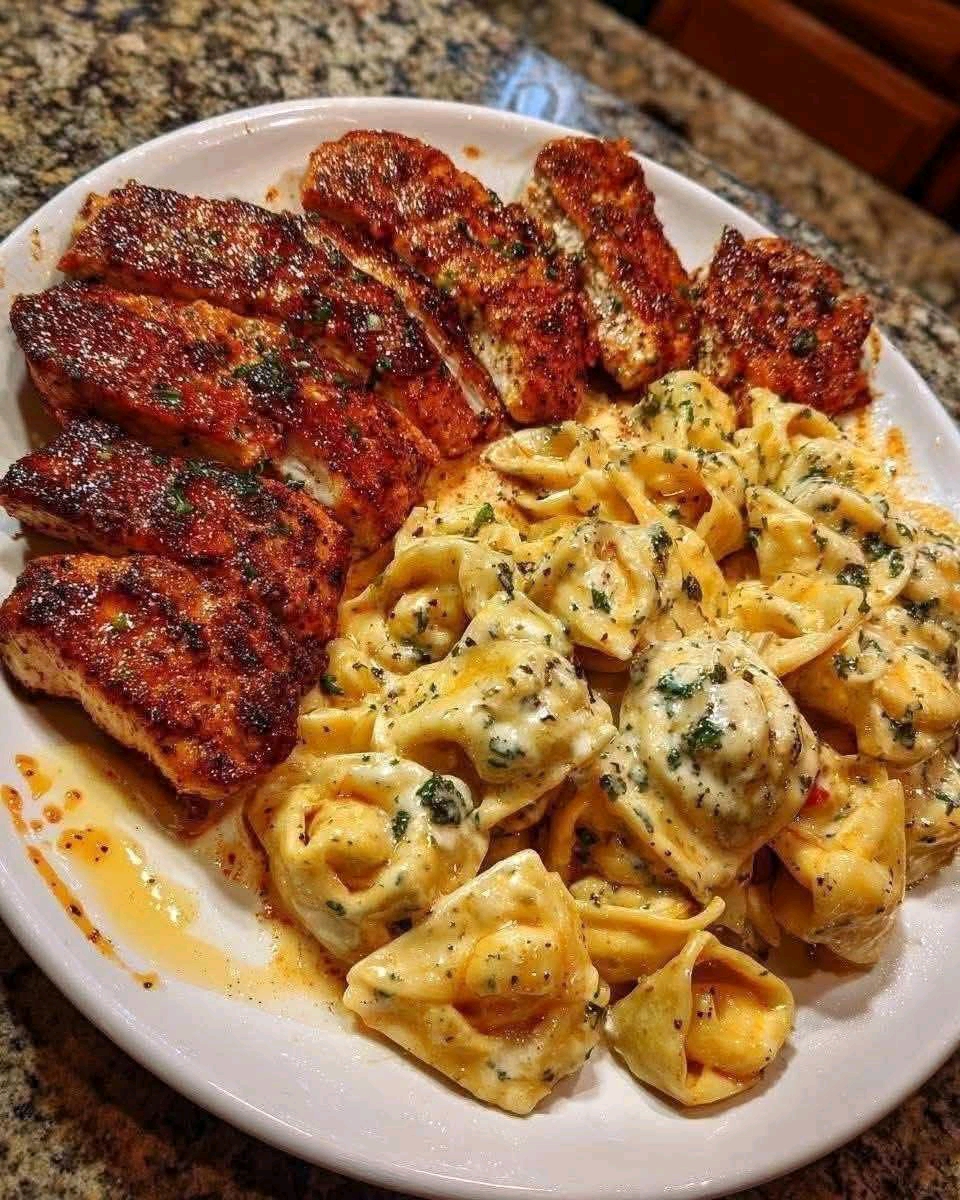The Enchanting Parrot Gladiolus is a stunning flowering plant known for its vibrant orange and yellow flowers, which make a bold statement in any garden. This eye-catching gladiolus variety is perfect for adding height, color, and a dramatic flair to garden beds and borders. Blooming in mid to late summer, it provides a dazzling display of tropical hues that brighten up the landscape. If you’re looking to create a show-stopping floral arrangement or garden focal point, the Enchanting Parrot Gladiolus is the perfect choice.
Light Requirements:
The Enchanting Parrot Gladiolus thrives in full sun, meaning it needs at least 6 hours of direct sunlight per day to grow strong and produce its stunning flowers. A sunny spot will ensure that the plant gets the energy it needs to develop robust blooms with the bright, fiery colors it’s known for. When selecting a location for this gladiolus, choose an area with ample sunlight to ensure optimal growth and vibrant, healthy flowers throughout the summer.
Watering Needs:
For best results, water the Enchanting Parrot Gladiolus deeply. This plant prefers consistent moisture during its growing season, but it’s important to allow the soil to dry slightly between waterings. Watering deeply encourages the roots to grow strong and deep into the soil, which helps the plant become more resilient and drought-tolerant once established. Always check the soil moisture before watering; if the top inch is dry, it’s time to water. However, avoid overwatering, as excessive moisture can cause root rot.
Soil Preferences:
The Enchanting Parrot Gladiolus grows best in well-draining, fertile soil. Gladiolus plants prefer soil that is rich in organic matter and slightly acidic to neutral (pH 6.0 to 7.0). To ensure good drainage, avoid planting in heavy clay soils, which can trap moisture and cause the roots to rot. If your soil is dense or clay-like, amend it with compost or sand to improve drainage. Adding compost will also increase soil fertility, providing the gladiolus with the nutrients it needs to produce strong stems and vibrant blooms.
Temperature Tolerance:
The Enchanting Parrot Gladiolus thrives in warm climates, where it can grow and bloom in full force during the summer months. It prefers temperatures between 65°F and 75°F (18°C to 24°C) and is sensitive to frost. In cooler climates, you can plant the gladiolus as an annual or dig up the corms at the end of the growing season to overwinter them indoors. If you live in a region that experiences mild winters, the gladiolus can be grown as a perennial. Ensure the plant is protected from extreme cold to preserve its health and bloom cycle.
Fertilization:
To promote healthy growth and abundant blooms, apply a balanced fertilizer that is rich in phosphorus. Fertilize the Enchanting Parrot Gladiolus every 4-6 weeks during its growing season, especially in the spring and summer when it is actively blooming. A balanced slow-release fertilizer will provide the plant with the necessary nutrients for root development, stem strength, and vibrant flowers. You can also amend the soil with compost to improve its fertility, especially when planting the gladiolus initially.
Planting Tips:
For optimal growth, plant Enchanting Parrot Gladiolus corms in early spring, after the last frost has passed. Choose a sunny spot with well-drained soil and dig planting holes about 4-6 inches deep. Space the corms about 4-6 inches apart to give the plants room to grow. Plant the corms with the pointed end facing up, and cover them with soil. Water thoroughly after planting and keep the soil moist as the plants establish their roots. Gladiolus are typically grown from corms, which are similar to bulbs, and they need some time to develop strong root systems before blooming.
Design Tips:
The Enchanting Parrot Gladiolus adds a vibrant pop of color and texture to garden beds and borders. Its tall, spiky flowers are perfect for creating a dramatic focal point in the garden. Pair this gladiolus with other summer-blooming plants like daylilies, rudbeckia, or echinacea to create a striking contrast of colors and textures. The bright orange and yellow hues of the gladiolus complement cooler-toned flowers like purple lavender or blue salvia, creating a balanced and visually appealing garden design. For a tropical feel, plant gladiolus near banana plants or palm trees.
If you’re looking to use gladiolus as a cut flower, the Enchanting Parrot Gladiolus works wonderfully in floral arrangements. The tall, elegant blooms can be used as a central focal point in bouquets or centerpieces, bringing a touch of exotic beauty to your home or event.
Conclusion:
The Enchanting Parrot Gladiolus is a stunning and vibrant plant that will elevate any garden or floral display. With its fiery orange and yellow blooms, it serves as an eye-catching focal point, adding height and bold color to your landscape. The gladiolus blooms in mid to late summer, providing a stunning display when many other plants are winding down. By providing the right care, including full sun, well-draining soil, and regular watering, you’ll be rewarded with a show-stopping floral display that will brighten your garden all season long.
More Articles You Might Like
-
Texas Toast Sloppy Joes: The Crunchy, Cheesy Upgrade You Didn’t Know You Needed
There’s something timeless about sloppy joes. For generations, this saucy, savory, and slightly sweet ground beef sandwich has been a go-to comfort food in American kitchens. It’s quick, filling, and family-friendly—perfect for busy weeknights. But what if we told you there’s a way to take this classic dish up a notch? Enter the Texas Toast…
-
Classic Pig Pickin’ Cake
When it comes to Southern desserts, few sweets shine as brightly as the Classic Pig Pickin’ Cake. This nostalgic cake, sometimes called a “Mandarin Orange Cake,” has roots deep in Southern tradition. It gets its playful name from its frequent appearance at pig pickin’s—Southern-style barbecue gatherings where communities come together to enjoy slow-cooked pork, sides,…
-
Lemon Garlic Butter Chicken with Creamy Parmesan Pasta
There’s something irresistible about the combination of tender, golden-browned chicken paired with a creamy pasta coated in Parmesan cheese. Add the brightness of lemon, the depth of garlic, and the richness of butter, and you have a recipe that feels indulgent yet approachable enough for a weeknight dinner. Lemon Garlic Butter Chicken with Creamy Parmesan…



